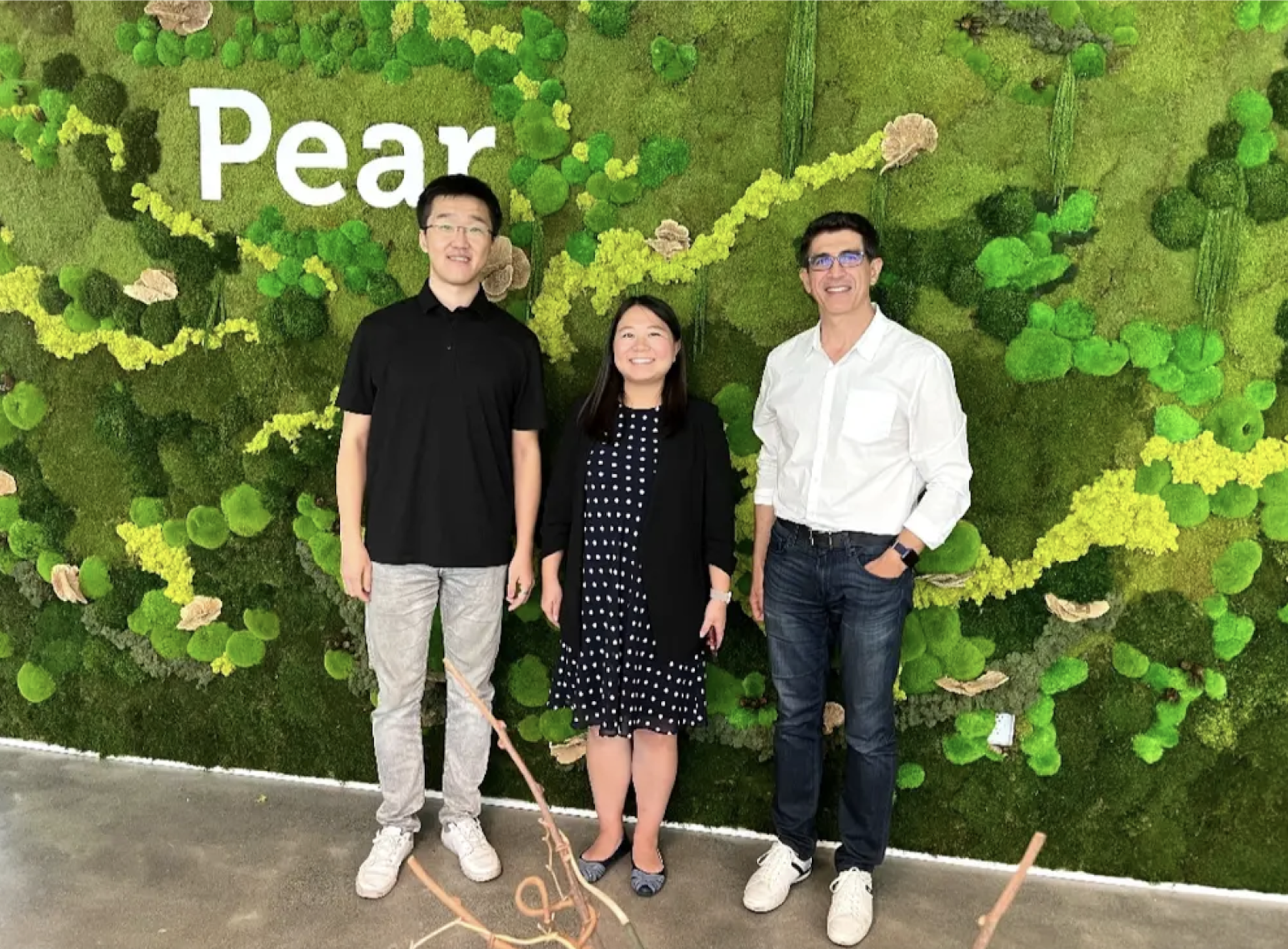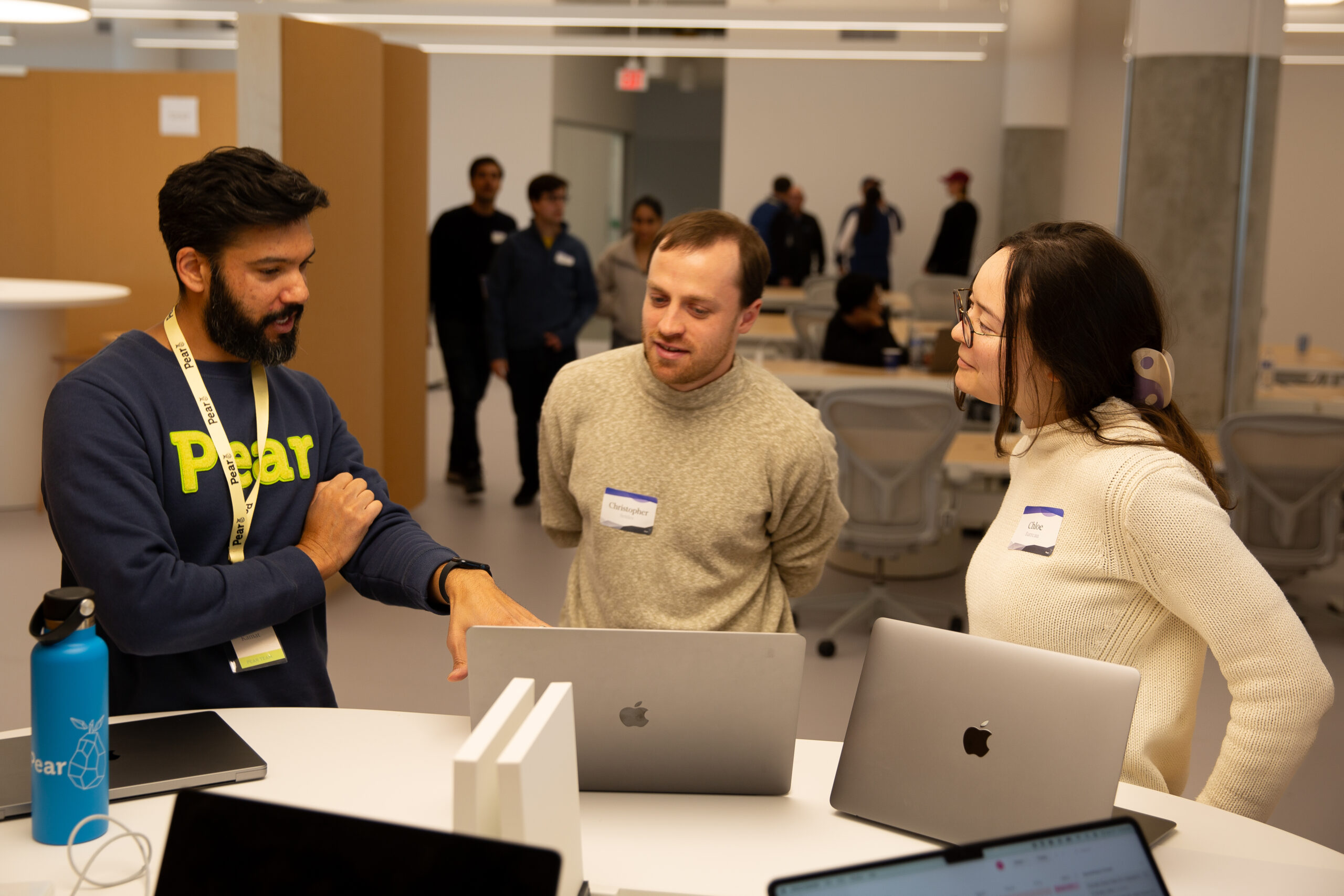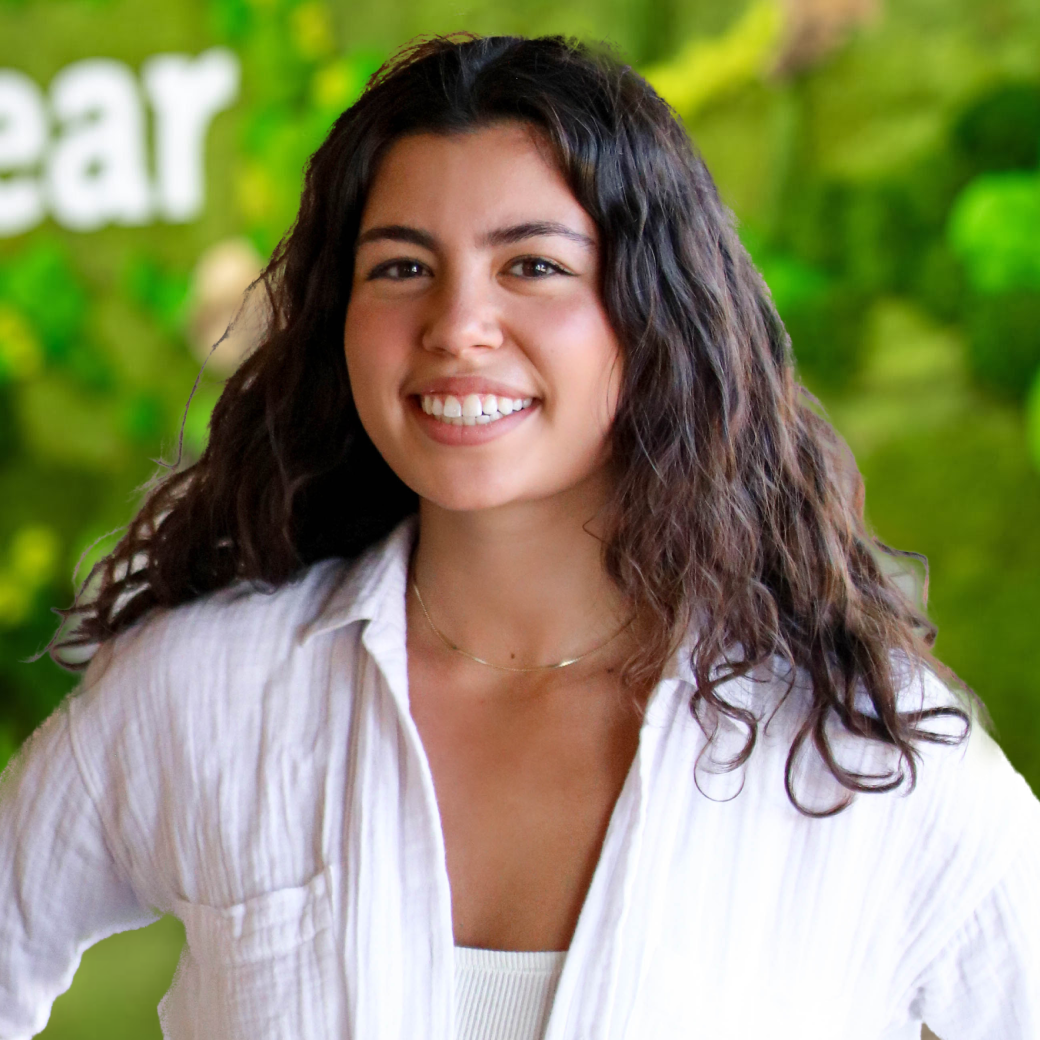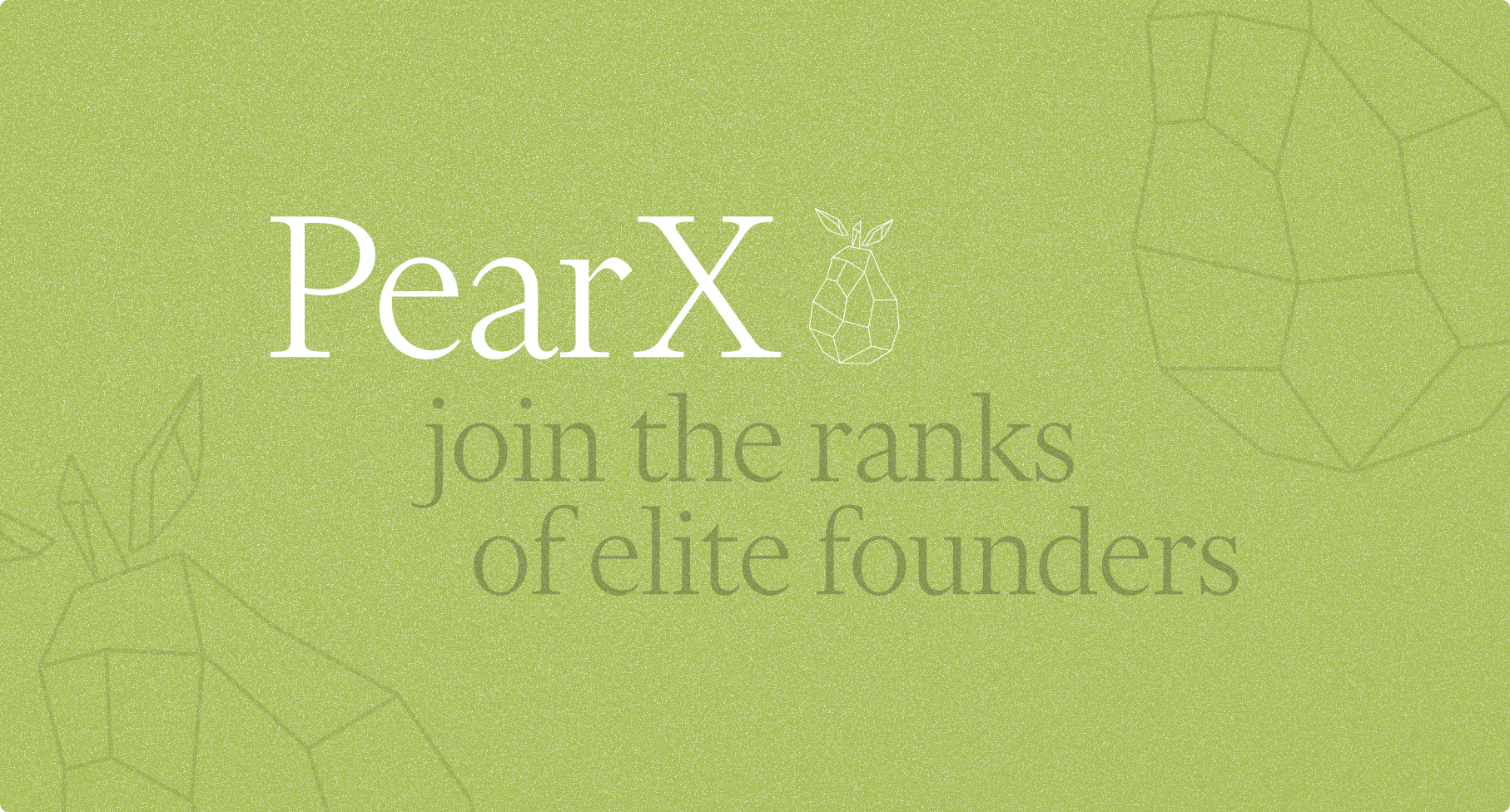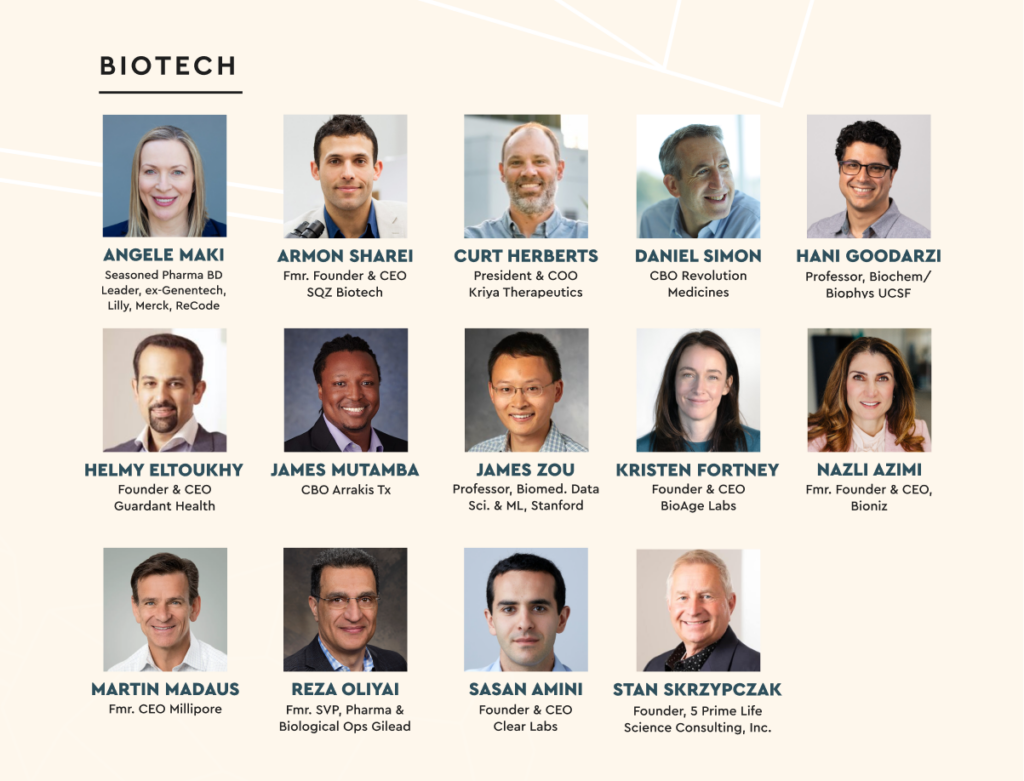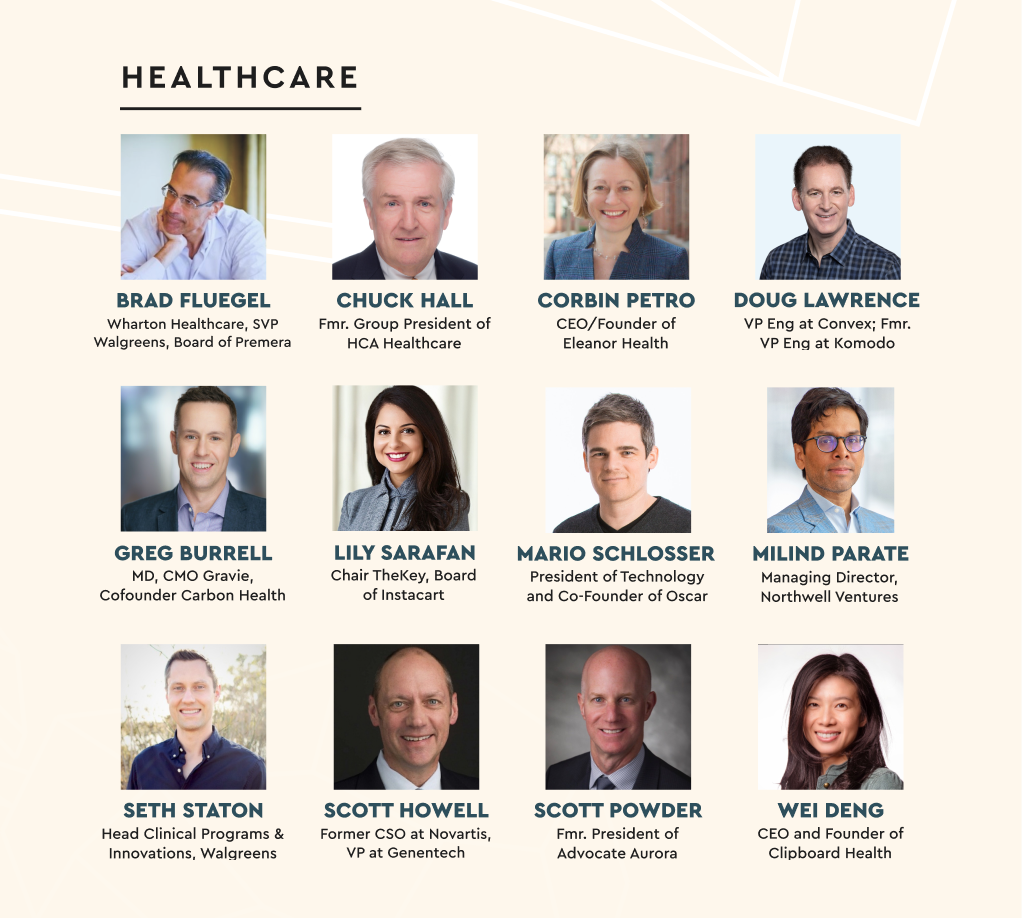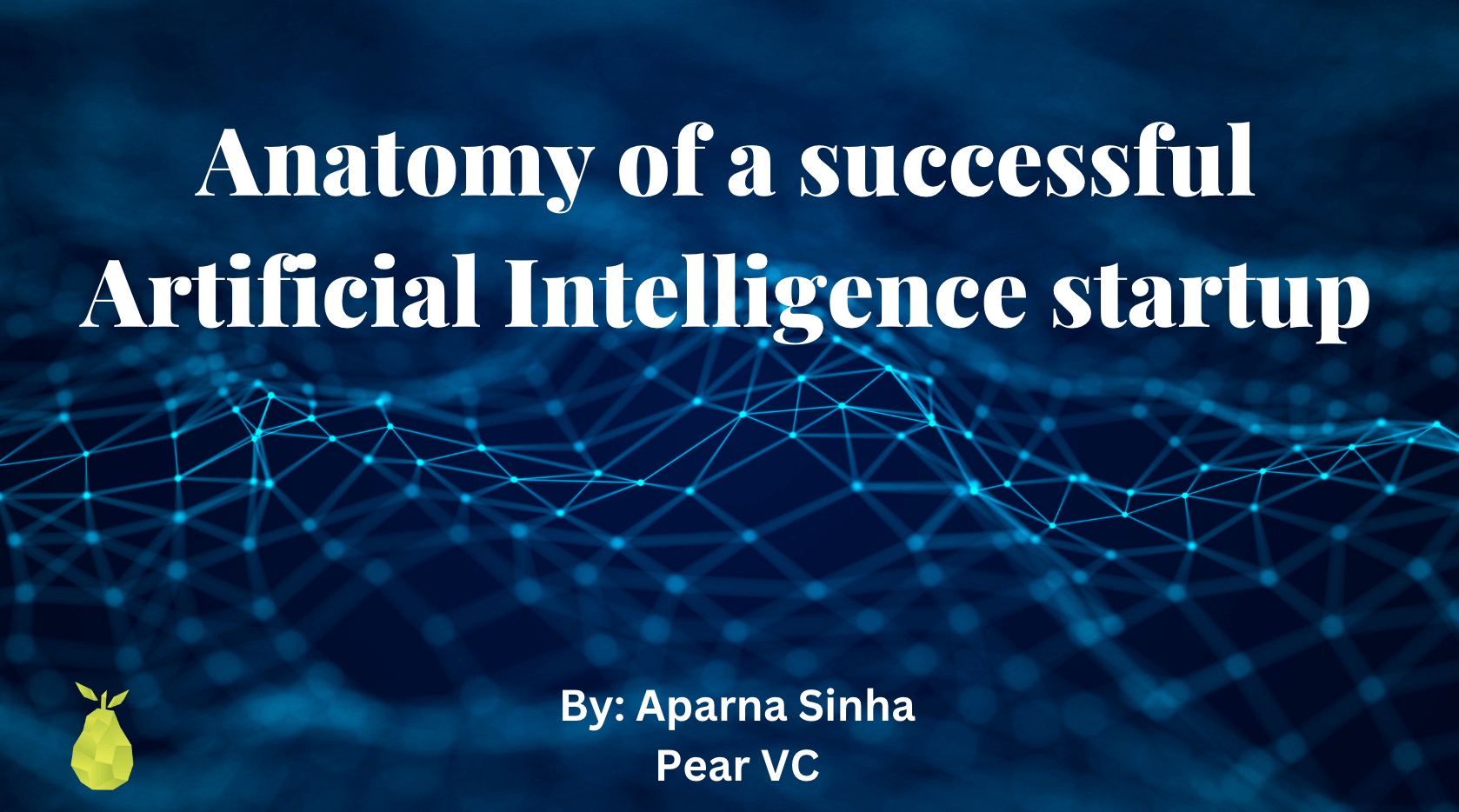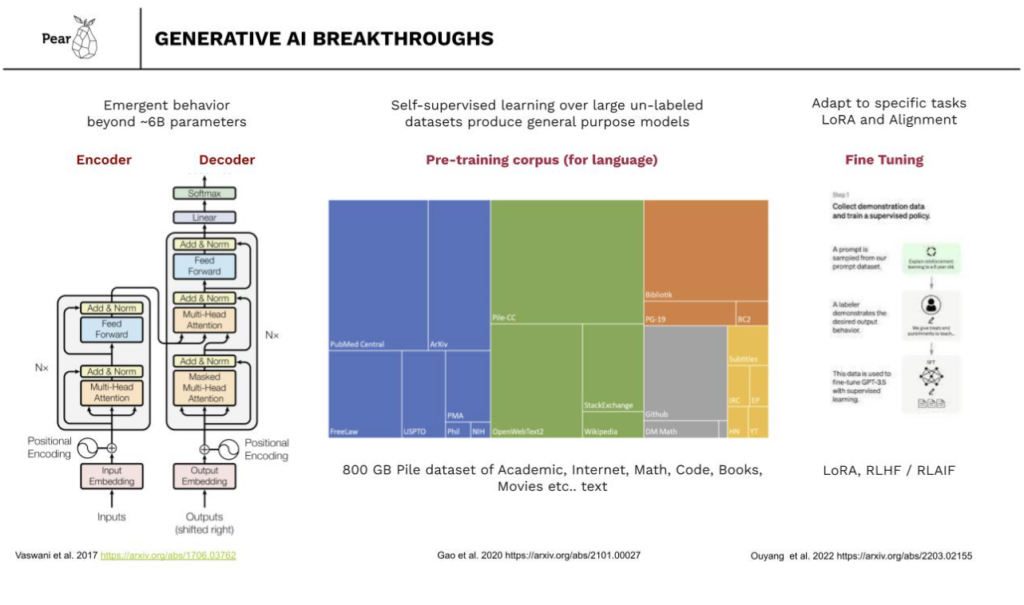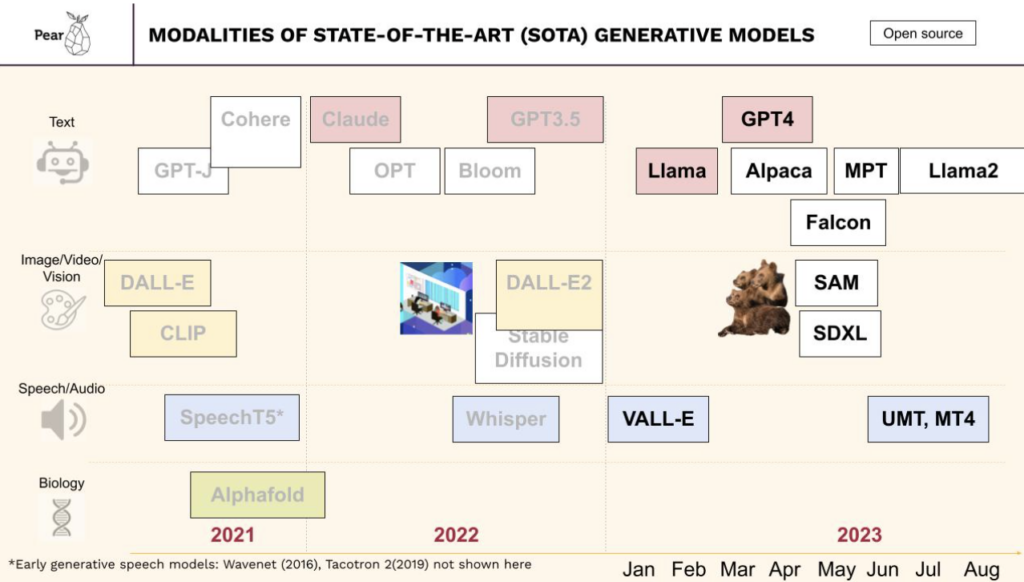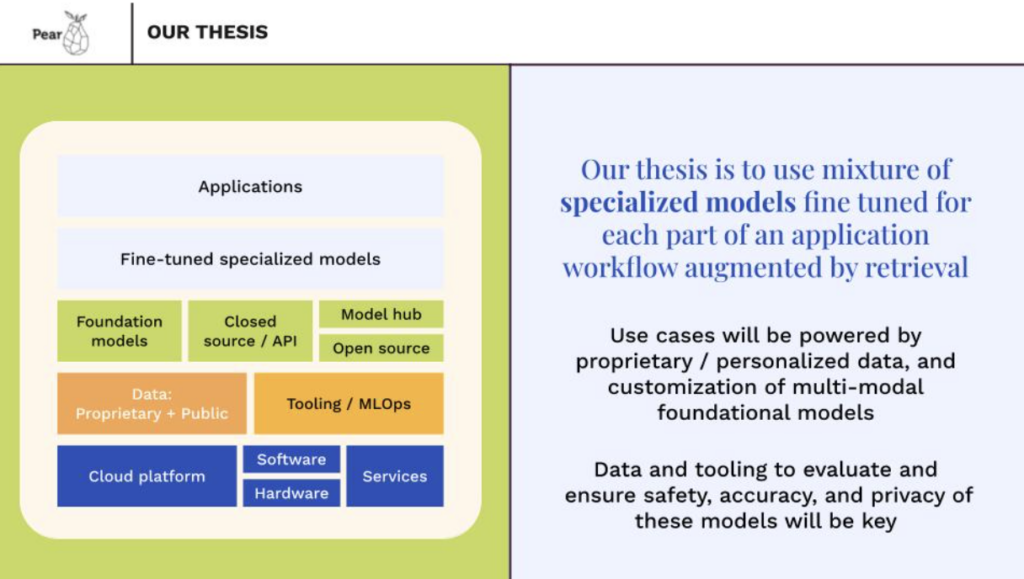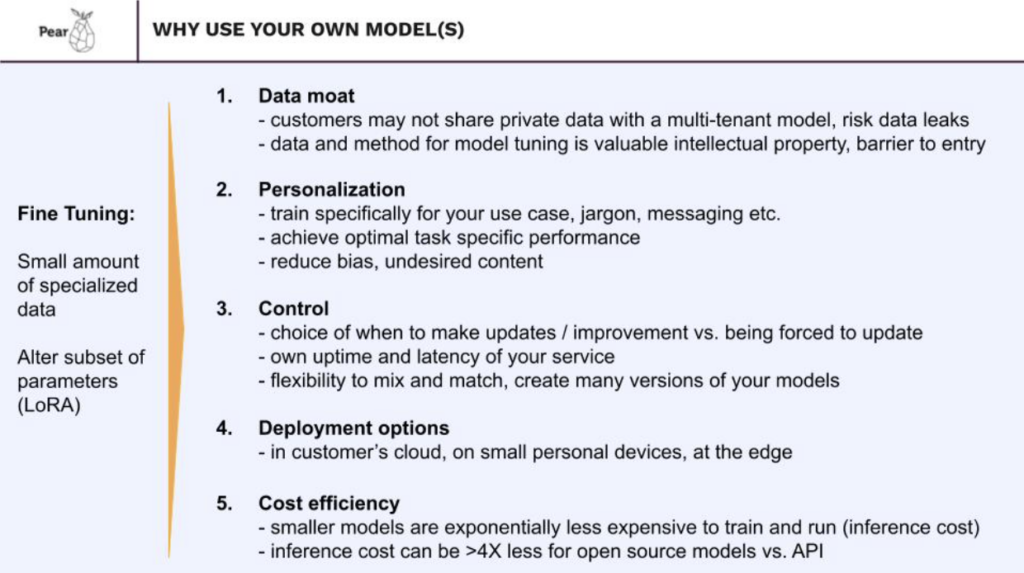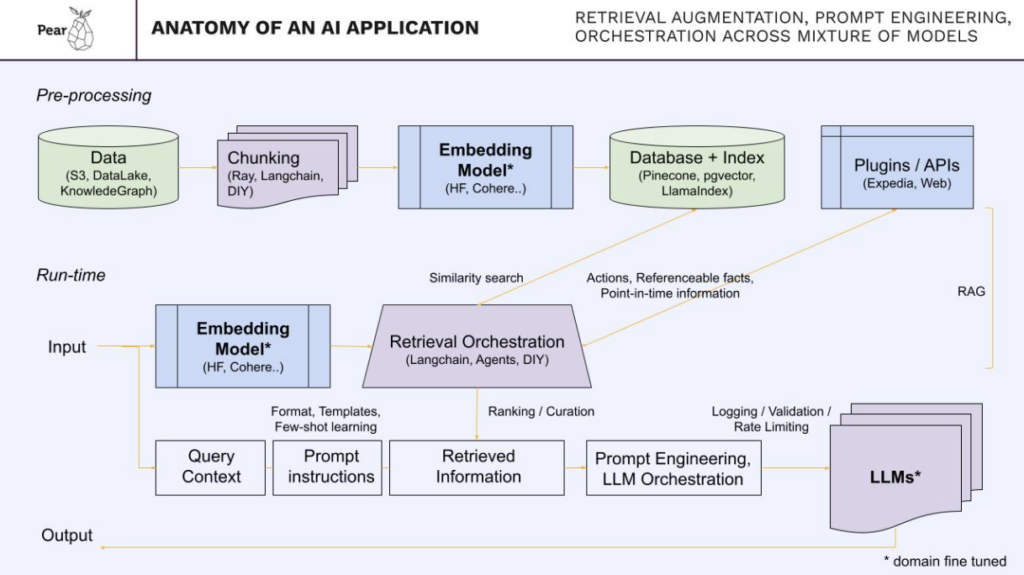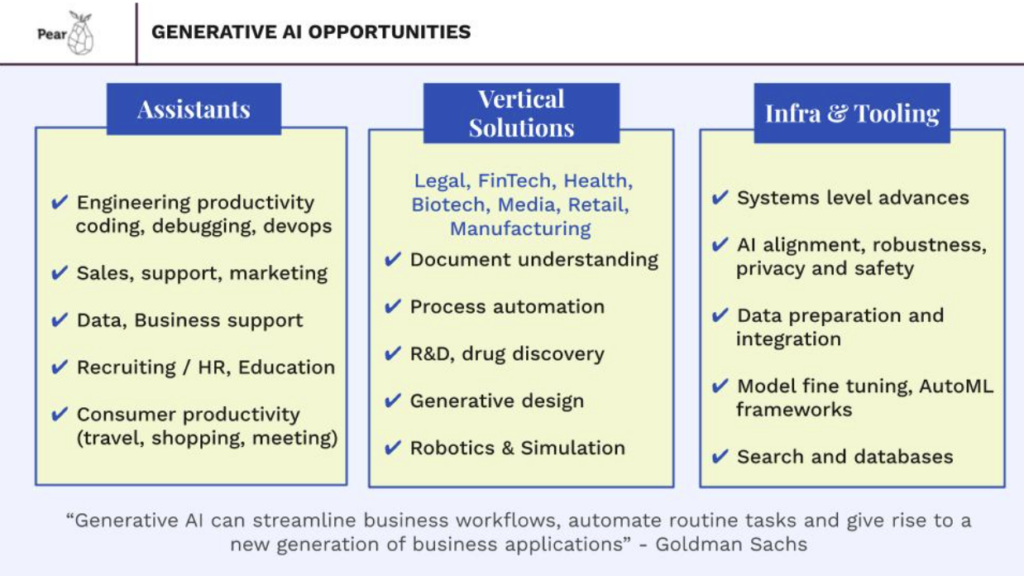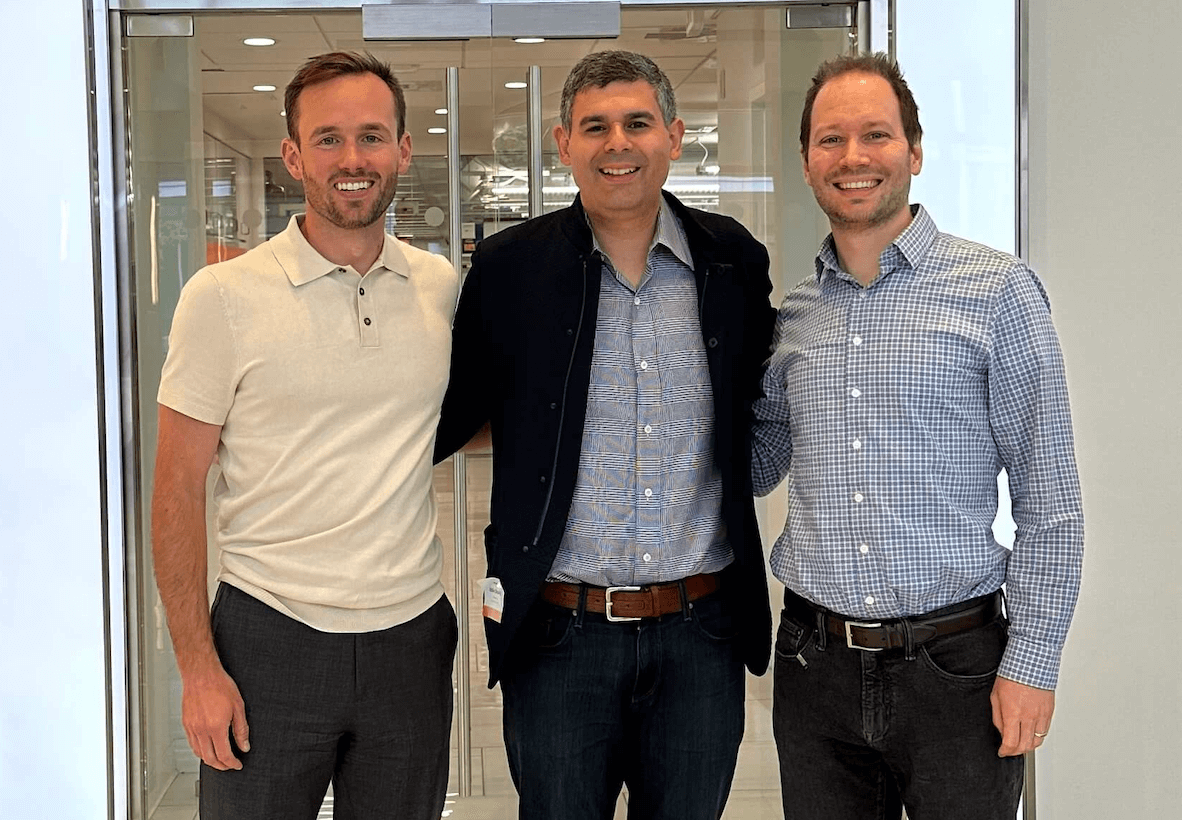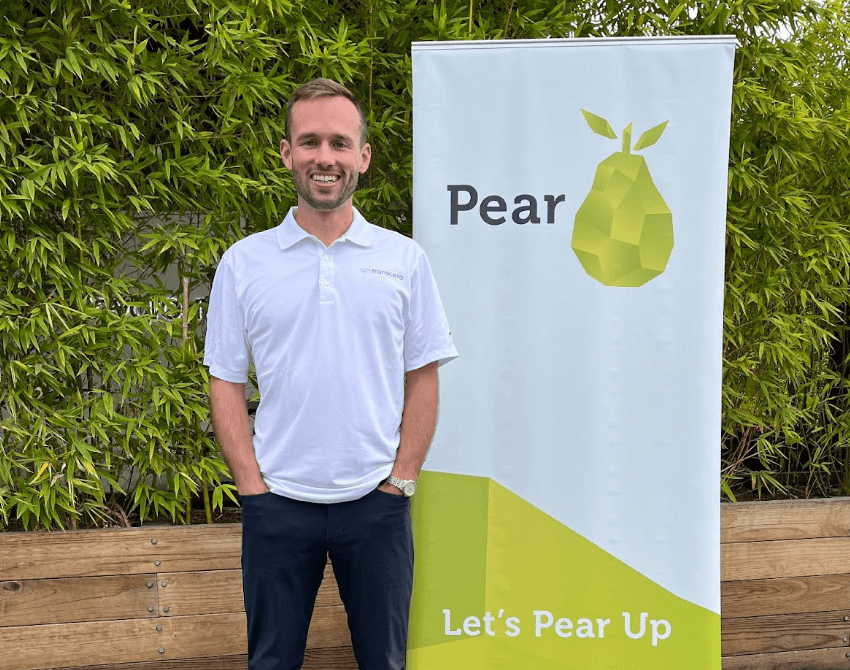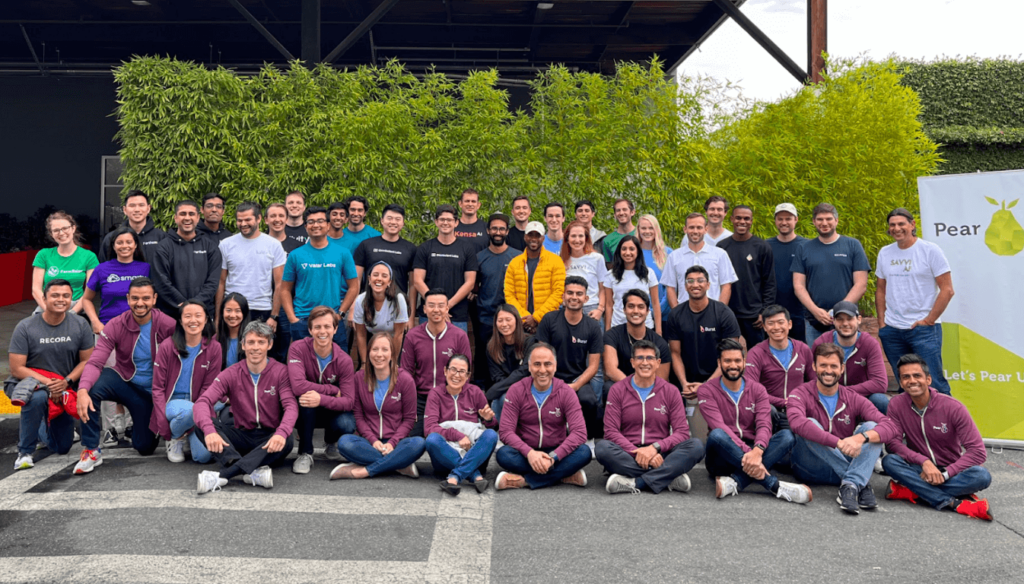Orby AI recently announced its $30 million Series A round, co-led by NEA, Wing Venture Capital, and WndrCo, with participation from Pear VC. We are proud to be Orby’s earliest investors (when a LinkedIn message from their CEO first connected us) and we are thrilled to continue our support now.
Orby’s Enterprise AI Automation tool automates complex workflows by observing users at work, identifying repetitive tasks, and writing the code to automate those tasks. Within minutes, a custom automation is ready to be implemented with user approval.
This is game changing.
Orby AI is Changing the Game by Disrupting Process Automation Market
Co-founder and CEO Bella Liu was heading AI Product at UI Path, a leading business automation software company, when she was first inspired with the idea behind Orby. At the time, the RPA (robotics process automation) software being used relied on human users to input specific “if this, then that” rules, which turned out to be rather fragile. For example, a user who frequently opens invoices and transfers numbers to a spreadsheet must specify exactly which buttons to click and where on the screen those buttons will be— a system that is prone to error, slow, and hard to scale.
Orby AI’s Model Learns and Implements Without User Input
Orby’s approach to business automation is a huge leap forward. Unlike traditional RPA models, Orby’s LAM (Large Action Model) approach means their product doesn’t need to be told which tasks to automate, or how. Orby simply observes a user at work, learns what could be automated, and creates the actions to implement it. The user just approves the process and can correct the model at any time, thus continuously helping Orby improve.
Why We Chose Orby AI
We’re very excited about Orby’s team. Co-founders Bella Liu and Will Lu bring deep experience and expertise in the AI and automation technology space. Bella (CEO) was previously the AI product leader at UiPath, from early-stage to post-IPO. Will (CTO) was previously the data platform leader at Google Cloud AI and was involved in three AI products with real world deployments within Google. Orby’s team was a great founder-market match for Pear’s thesis on AI automation for human to machine and machine to machine automation. We are pleased to have backed Orby early on, and remain certain they are the right group to work on this problem.
What Orby AI Does
Before partnering with Orby, the Pear team was already deeply interested in AI automation for enterprise applications, aiming to solve specific problems within distinct industries one vertical at a time. They believed that the kinds of AI tools which could understand specific use cases, gather necessary datasets, and execute targeted solutions were the future. Additionally, they had a thesis that semantic understanding of workflows, enabled by backend interaction data, could enhance the generalizability of RPA.
Orby’s team embraced a similar approach but expanded it to build a horizontal enterprise AI automation platform applicable across many verticals. Initially focusing on widely used workflows like invoice processing and expense auditing, they aimed to enhance their action-based foundational models. This led to the creation of a platform that delivers immediate value in various enterprise scenarios while achieving general-purpose AI automation.
Orby is pioneering a Generative Process Automation (GPA) platform, leveraging the industry’s first Large Action Model (LAM) for enterprise use. This platform enhances efficiency by enabling teams to automate complex tasks independently. Orby’s multimodal large action model, combined with an AI agent capable of symbolic reasoning and neural network analysis, seamlessly handles intricate automation requests.
When tasked with an assignment, Orby’s AI autonomously generates workflows, integrating with specialized AI agents for sub-tasks such as data analysis or customer interaction. By learning and automating workflows contextually and semantically, Orby surpasses traditional RPA systems. The LAMs empower Orby’s AI to understand and automate repetitive processes across unstructured datasets, emulating human capabilities.
This neuro-symbolic programming captures standard process flows and ensures robust exception handling, making AI-driven automation accessible and efficient for enterprises. Orby’s patented technology, which combines LAMs with advanced programming techniques, empowers workers to automate tasks without needing technical assistance. The system continuously learns and adapts, improving productivity and efficiency over time.
Market Opportunity
The market potential for automation in enterprises has been evidenced by the success of Robotic Process Automation (RPA). However, AI Process Automation, like that offered by Orby, goes beyond traditional RPA by making previously uneconomical use cases viable. The return on investment (ROI) for RPA is often hindered by high implementation and maintenance costs, limiting its applicability.
Orby’s innovative approach addresses two critical challenges of RPA:
1. Semantic understanding of automatable workflows versus fragile rule-based systems.
2. Hands-off, continuous online learning and improvement of both workflow discovery and implementation.
By discovering automatable repetitive workflows and generating maintenance-free AI automations, Orby significantly reduces implementation and maintenance costs. This makes a much larger share of repeatable workflows candidates for automation, substantially improving ROI and expanding an already large market.
This advancement is not merely an efficiency gain for high-volume, repeatable workflows. Imagine an AI capable of automating any workflow, regardless of volume, simply by demonstrating the process. This capability would enable enterprises to innovate their workflows at an accelerated pace, shifting focus to strategic improvements. In this competitive landscape, no enterprise can afford to ignore such technology, as those who adopt it will innovate faster.
To provide a baseline, a 2017 McKinsey Future of Work report estimates that 60% of jobs involve at least 30% repetitive tasks that can be automated. Orby has already demonstrated massive productivity gains in several Fortune 500 companies through successful use cases. This is just the beginning; the market opportunity is far greater.
How we partnered together
After funding Orby’s seed round in July 2022, in addition to our close partnership on product and vision, we leveraged the full Pear team to partner with them in the following two years. Ana Leyva and Pepe Agell worked with the Orby team on their product-market fit and GTM strategy, and Jill Puente helped them in marketing and PR, including landing the Business Insider piece announcing the initial seed round. Nate Hirsch from Pear’s talent team helped Orby hire eight out of their first ten team members (eight engineers, two designers, and a recruiter). When it was time for Orby’s Series A raise, the company went through Pear’s fundraising bootcamp with Mar’s full support behind them. As we say to founders at Pear: if you get one of us, you get all of us as partners.
We’re excited to have been supporting Orby AI since day one and look forward to their promising journey ahead!
Arash and Bella at our AGM summit in March 2024.
